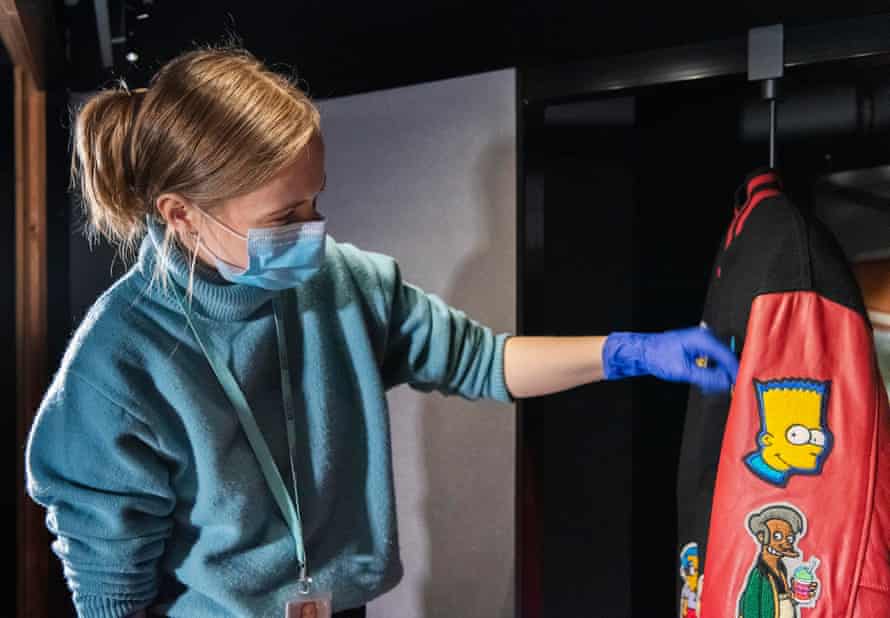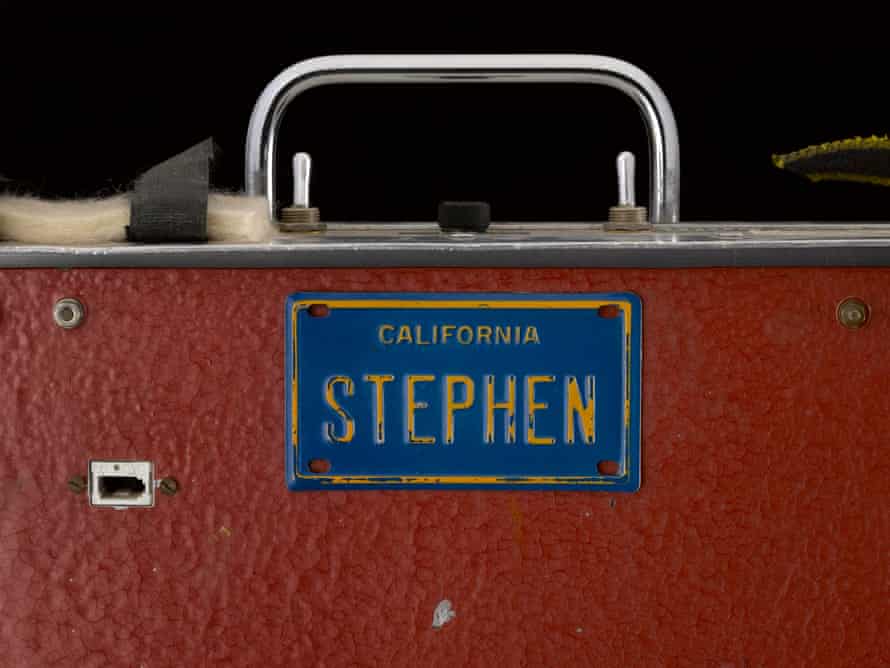Having devoted his life to the conundrums of the cosmos, Prof Stephen Hawking has left behind a mystery of his own amid the eclectic contents of his former office.
The Cambridge cosmologist, who died in 2018 at the age of 76, treasured a blackboard that became smothered with cartoons, doodles and equations at a conference he arranged in 1980. But what all the graffiti and in-jokes mean is taking some time to unravel.
The blackboard – as much a perplexing work of art as a memento from the history of physics – goes on display for the first time on Thursday as part of a collection of office items acquired by the Science Museum in London.
The hope for Juan-Andres Leon, the curator of Stephen Hawking’s office, is that surviving attenders of the conference on superspace and supergravity held in Cambridge more than 40 years ago swing by and explain what some of the sketches and comments mean. “We’ll certainly try and extract their interpretations,” Leon said.
Joining the blackboard in a temporary display called Stephen Hawking at Work is a rare copy of the physicist’s 1966 PhD thesis, his wheelchair, a formal bet that information swallowed by a black hole is lost for ever, and a host of celebrity memorabilia, including a personalised jacket given to him by the creators of the Simpsons for his many appearances on the show.

“People don’t have much of a glimpse into what everyday life was like for Stephen Hawking, and because he was a theoretical physicist, it’s hard to convey what he might do on a random Monday,” said Leon.
“The office provides a lot of material and I think people knew that this was more than the collection of its parts, that it really reflects what made Stephen Hawking unique,” he added.
The display contains only a fraction of the 700-plus items that staff at the Science Museum have sorted through since they arrived last summer. In time, all will be photographed and described online for all to see.
Hawking’s academic work is portrayed through a handful of key works all written before his ascent to stardom in 1988. For his PhD thesis, Hawking took the process that forms a black hole – the cataclysmic collapse of a star – and ran it backwards, showing that the universe must explode into being from a single point in space and time.
“Hawking used black holes as instruments, using them to understand even bigger things,” said Leon. In further work, Hawking showed that black holes are not so black after all, shedding radiation into space until they evaporate into nothing.

Among the more unusual objects is a small glass apple – a gift from researchers at Intel and a nod to Hawking’s position as Lucasian professor, a post formerly held by Sir Isaac Newton. The ornament has been painted to evoke the cosmic microwave background, the afterglow of the big bang.
Hawking described the tiny fluctuations in the cosmic microwave background – irregularities in the early universe that later formed the stars and galaxies – as the “fingerprints of creation”. His gift for a grand metaphor delighted publishers and led more than a few readers to see proof of divine intervention.
The display does not attempt to exaggerate Hawking’s standing – according to Leon, most physicists would say he was “very good”, a “contender for a Nobel prize”, but not “the most revolutionary genius since Einstein”. What it does attempt to do is portray a sense of Hawking as a physicist, a wit and a celebrity.
“We didn’t want the display to be solemn, all heavy with trombones and swirling galaxies and things like that. We wanted it to be playful,” said Leon. “He didn’t take things too seriously and I don’t think he’d have been such a celebrity if he didn’t have that spark of fun about him.”
The Stephen Hawking at Work display is free and will run until 12 June at the Science Museum in London before moving to the Science and Industry Museum in Manchester, with further stops at the National Science and Media Museum in Bradford, the National Railway Museum in York and Locomotion in Shildon, County Durham.